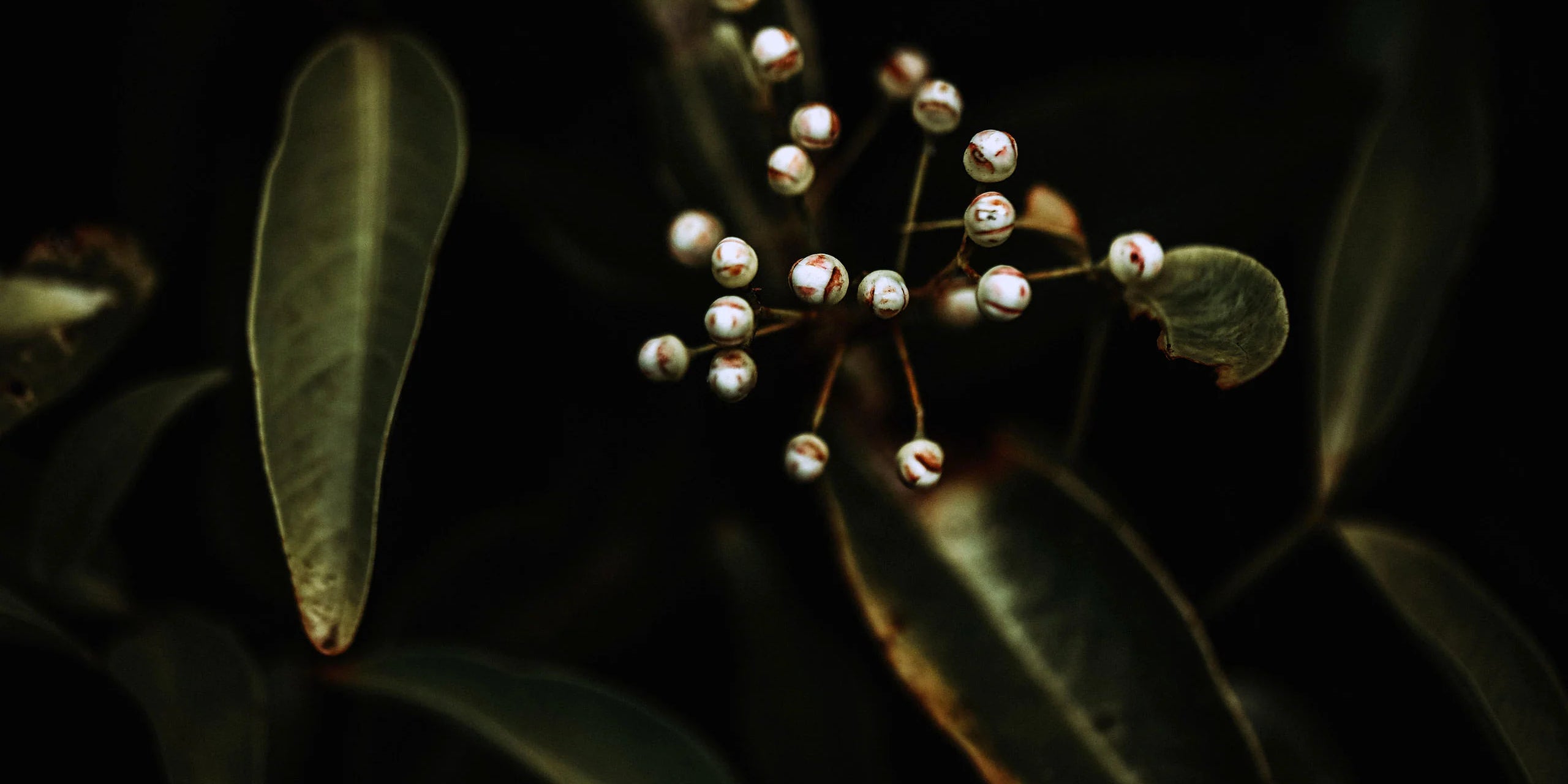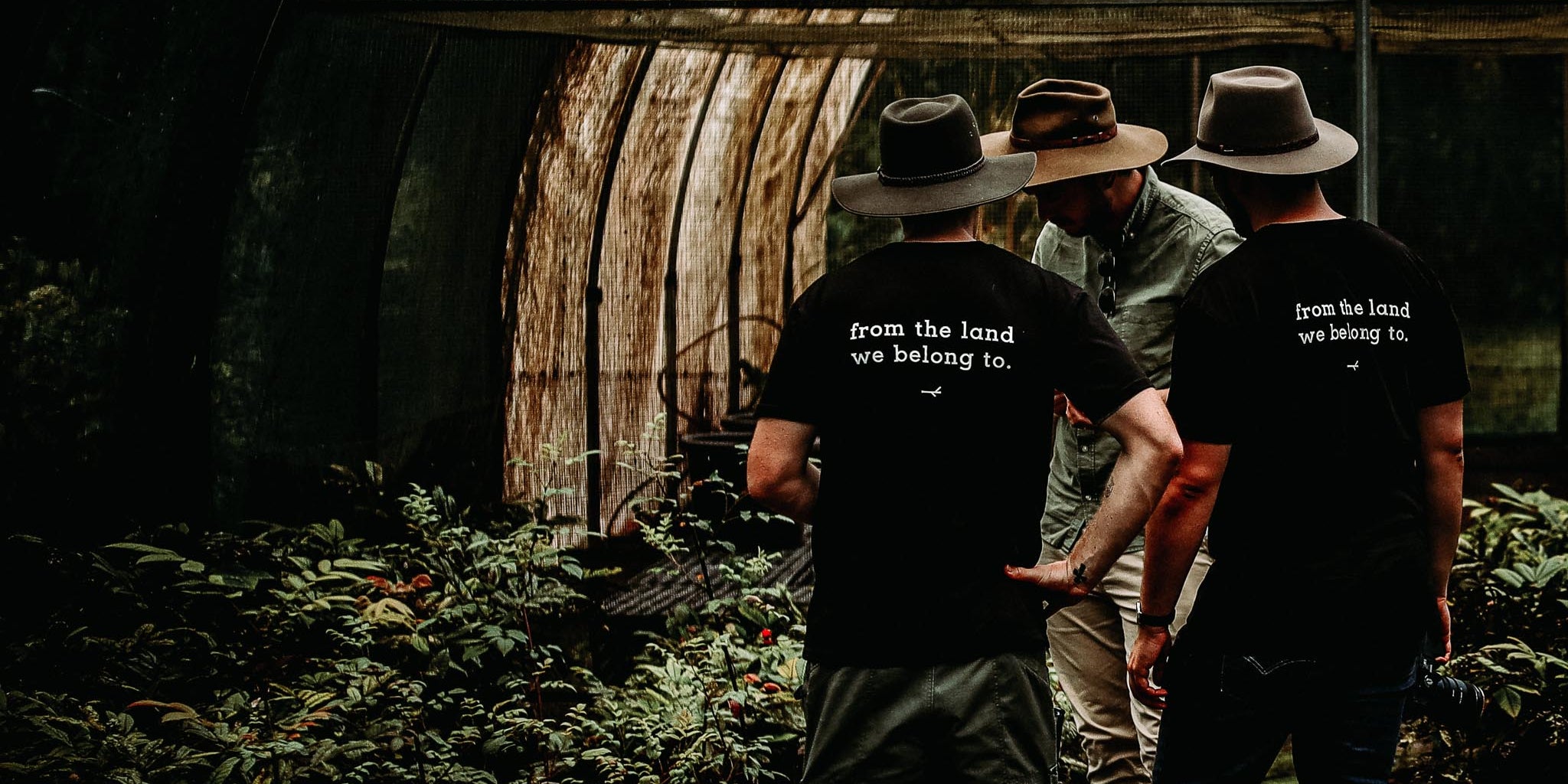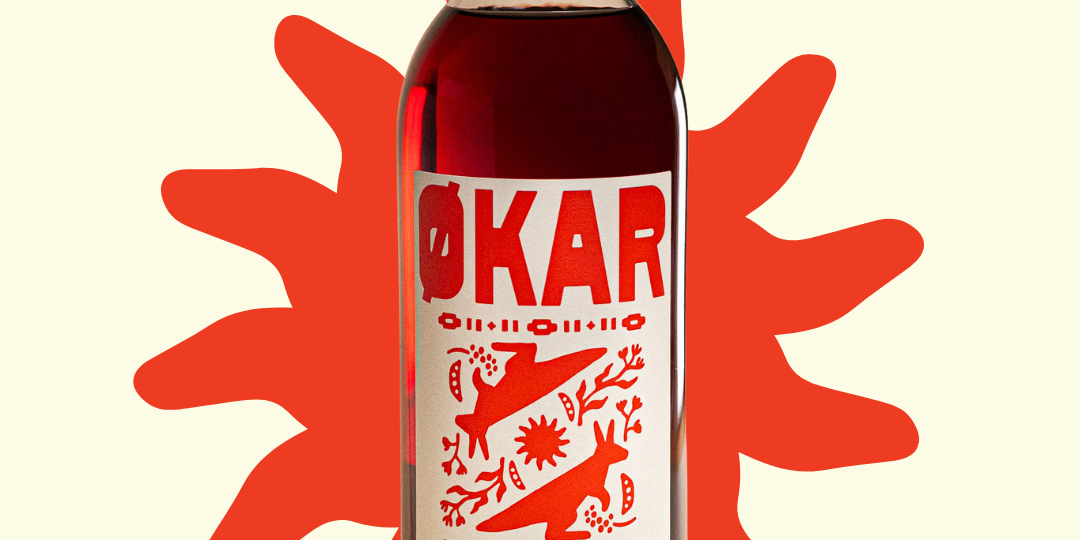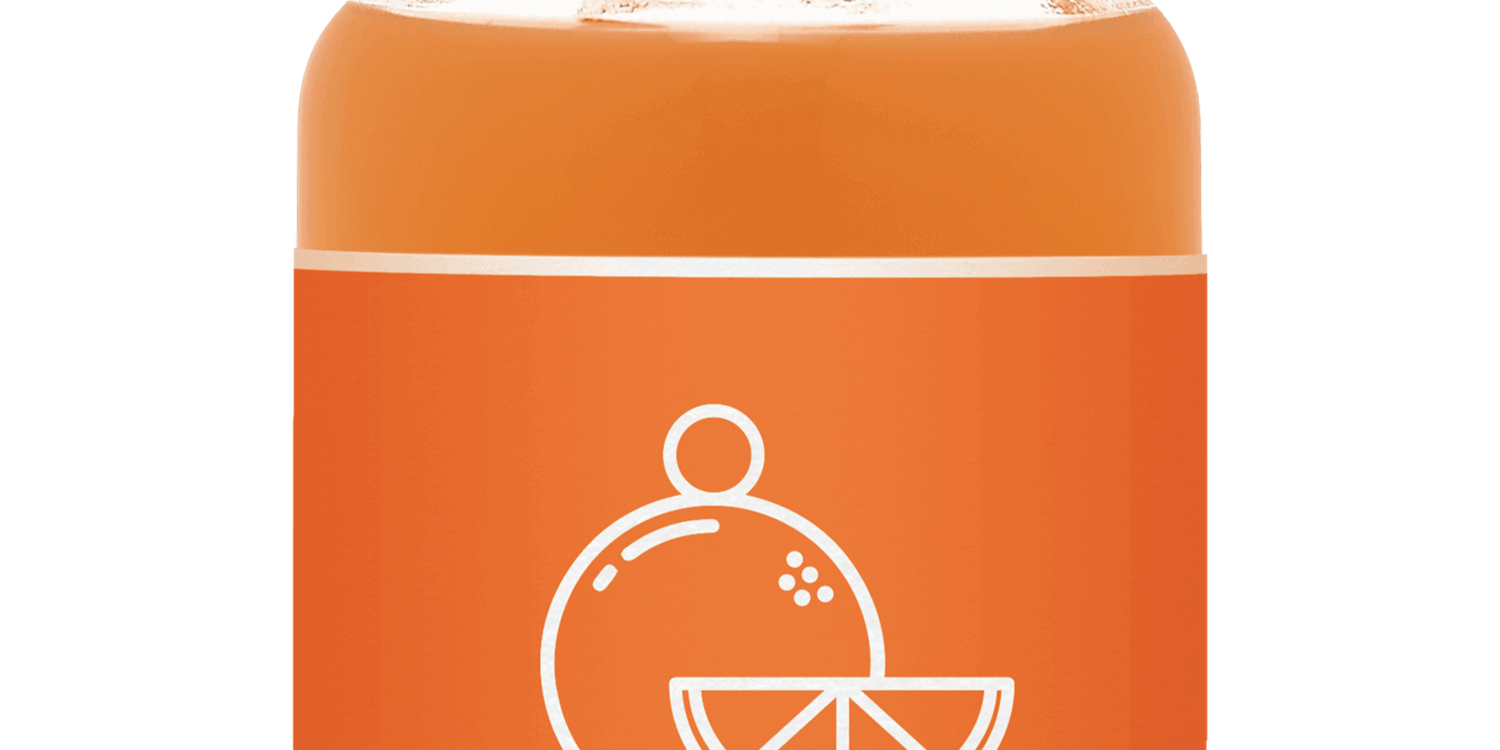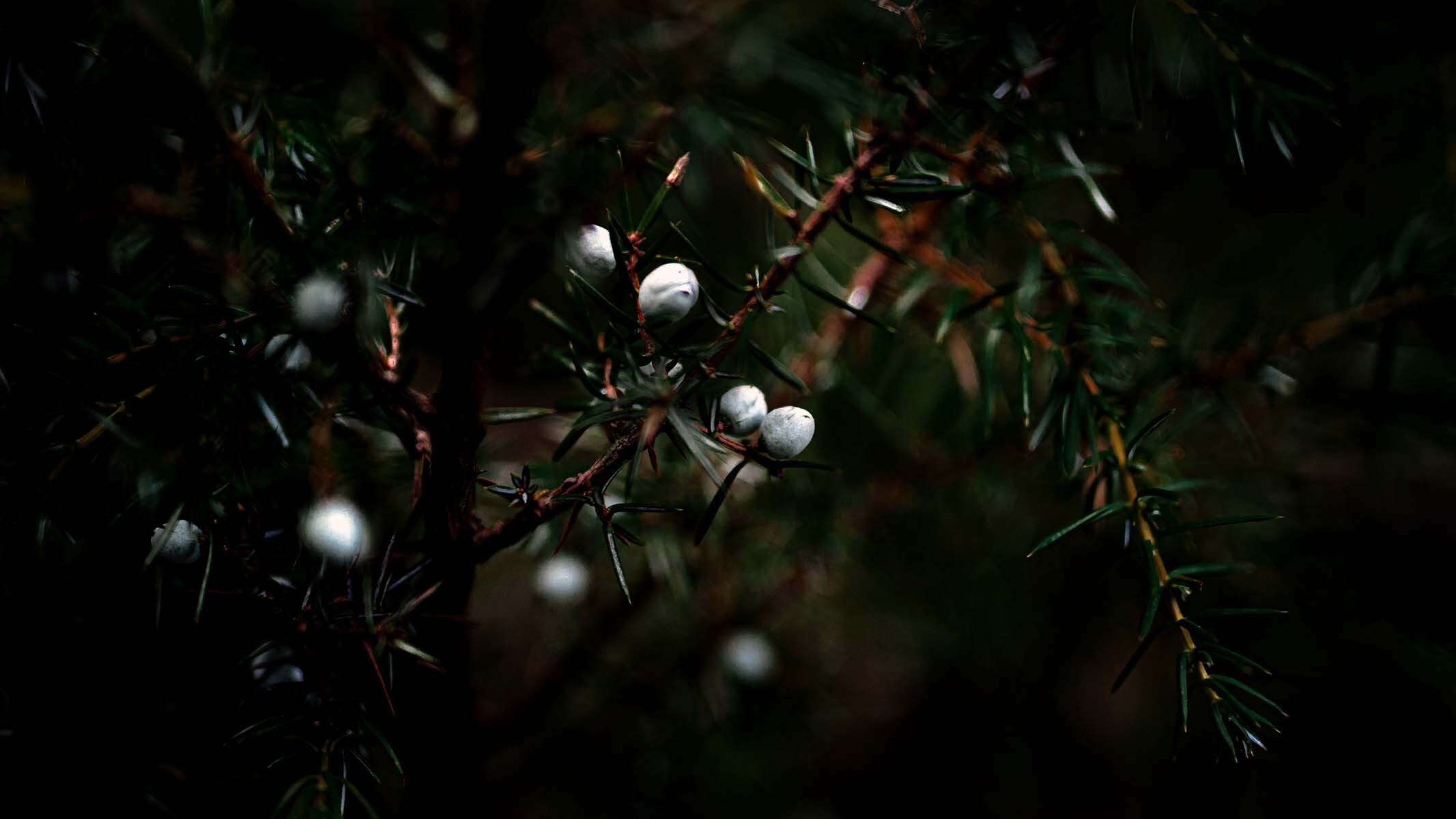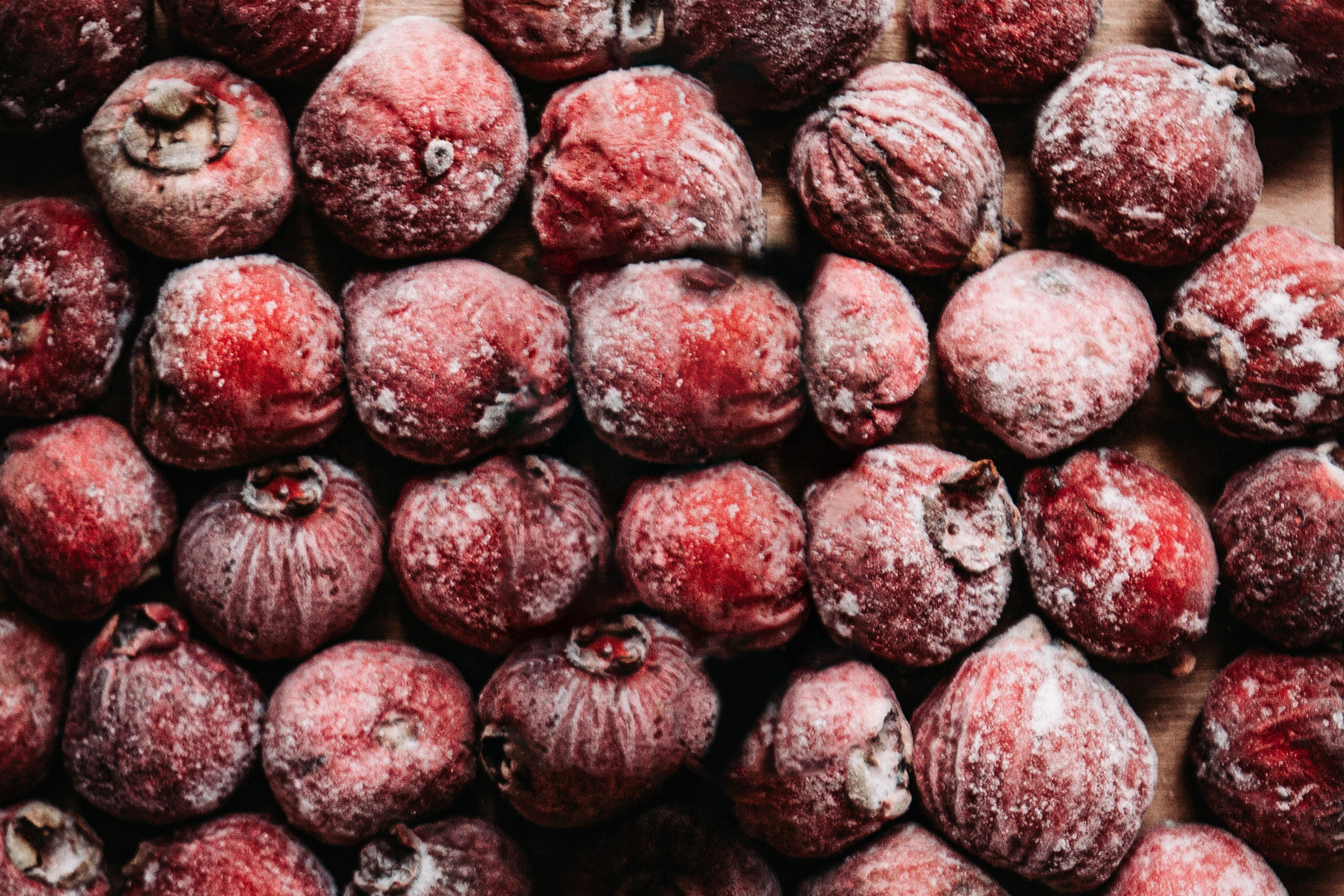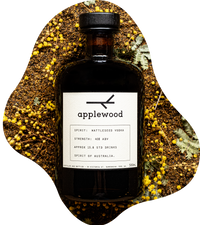It's no secret that craft gin has gone through a magnificent renaissance all over the world.
From a mere handful of distilleries active at the turn of the decade, the interest in gin has sparked a mass craft revolution, with the number of active gin distilleries in the country now numbering close to one hundred and fifty - and with more government support in the shape of excise tax refunds, this will only grow. Juniper has been a large focus for many distilleries. From quality to volume, Juniper is at the forefront of everyone's minds, and at the tip of our tongues too.
Every single one of these distilleries, regardless of their secondary botanicals, start at the same flavour origin: juniper. With the transition of most consumers now firmly focussed on local producers and ingredients, there has been a slow shift to asking more pertinent questions in regard to their origin.
Most of the juniper in use in the industry is imported from various locations around Europe. Romania, Croatia and Macedonia just to name a few, and while this industry does support current production of gin in Australia; it does hold the industry to a certain flavour profile. While this is most certainly delicious - no argument here - juniper does have some incredible variation depending on where it is grown. However, this leaves a burning question: with the craft gin industry skyrocketing in Australia and demand for high quality juniper at an all time high, where is all the Australian juniper?
The establishment process of trees is arduous and long - that’s the short answer to why there’s no significant juniper industry in Australia. But as Dumas once famously said: the merit of all things lies in their difficulty.
Some distilleries have already jumped aboard the Australian juniper train, namely Kangaroo Island Spirits and Hurdle Creek Still, using very small batches of juniper grown both on and off site, but there’s hardly enough to go round even a handful of distilleries. Most of the juniper that has been planted in Australia has actually been utilized as a windbreak for less environmentally hardy species.
One of the main reasons behind our lack of Aussie juniper is firstly: we don’t have too many of the plants. There are only a few ways to transport the plants or the physical seed into Australia with a plethora of physical restrictions in your way. The small populations available in Australian cuttings are also hard to come by, and even if you’re lucky enough to find a plant, you then need to embark on the patient journey of growth.
Juniper trees are extraordinarily hardy, enjoying a temperate climate with well-draining soil, and while Australia is full of well-draining soil, its temperatures are far from temperate in most areas. There are few locations perfect for this, although the temperature bandwidth is so narrow that growth of saplings is troublesome to say the least. Too much rain during crucial growth times can see the root and stem fall prey to mould and sickness, while too little rain can stunt growth.
Once a sapling is established we’re still a long way away from any sight of berries. With juniper plants being gendered, you need both a male and female plant to get berries and both are slightly different when it comes to their environmental preferences. There are multiple anecdotes from various farmers about the despair they face from one gender of their juniper plants unexpectedly dying or having to be trimmed and reduced back due to unforeseen circumstances.
Then patience continues. Juniper is a slow growing plant, growing approximately 2-3cm per year. After around 15 years the berries will be complex enough to be used as a flavouring in gin. You can definitely use younger berries but the conifer is lacking in a concentration of alpha-Pinene, the most sought after flavour compound in juniper. Just like the great vines of the Barossa - time is the major component to developing complexity within the plant’s output.
Once both male and female juniper plants have reached maturity (to the point of harvesting quality berries) the cycle of the berry must also be monitored. The berry itself must jump a few hurdles before it can be harvested. The first hurdle is of course, having both genders of juniper plant close enough together to pollinate. Luckily, juniper is a wind pollinator and therefore doesn’t require any help from our pollinating insect friends - but it never hurts.
The next hurdles are ones which most agricultural products must vault. The cultivation and growth of the berries themselves usually takes at least eighteen months, so you’ll find mature berries next to half mature berries and after all of that... the harvest finally begins.
Crops are being sown of juniper, mostly in Victoria and Tasmania, which may provide a relief to the struggles of finding Australian grown juniper and the flavours are second to none. Full of the wonderful petrichor of Australia, the juniper profile of this country is strangely high in oils reminiscent of eucalyptus and wild thyme.
With most imported juniper being heavily dehydrated before even reaching our shores, the lightly dried berries of Australia abound with resinous flavour and aromatics, far more complex than their foriegn cousins.
The future of Australian grown juniper is incredibly exciting and opens the door for a wide variety of truly Australian expressions of classic spirits, not just a reformation of what will surely be a huge array of craft distilleries. But the horizon for that level of supply to the wider market is still at least a decade away. That’s not to say that there will not be a steady uptake of Australian grown juniper, it's more accurate to predict that it will be at least another ten years until most distilleries in Australia will even be able to consider using Australian grown juniper instead of an imported alternative.
Even with a more robust level of supply, pricing will also be a mountain for the industry to climb. It would be absolutely essential that the industry be price and quality competitive as parochial bias would only last for so long - and the consumer will always have the last word. With the import market not only being larger and more reliable, we’re still unclear as to whether the market itself would enjoy the flavour expression of Australian juniper and therefore actively choose to convert to a locally grown source for a reason other than parochialism.
While we’re quietly confident of the industry’s growth, it will also be essential for several different industries to source local juniper to increase demand for growers. All of the responsibility for such a fledgling industry cannot be left solely to the demand of one industry, even one as large and fast growing as craft gin and spirit in Australia. While these industries do exist, they are also small and under-utilised to a certain extent and will require further investment and growth in order to place pressure on the scales of demand for locally grown juniper.
The road has been a long one and still continues, but there's a light in the distance for the key botanical component of gin in this country. One day, hopefully, we will have a strong, local juniper industry which will produce some of the best junipers in the world, and as Dumas would say - there’s only one thing to do: Wait and Hope.
Words by Henry Hammersla.
